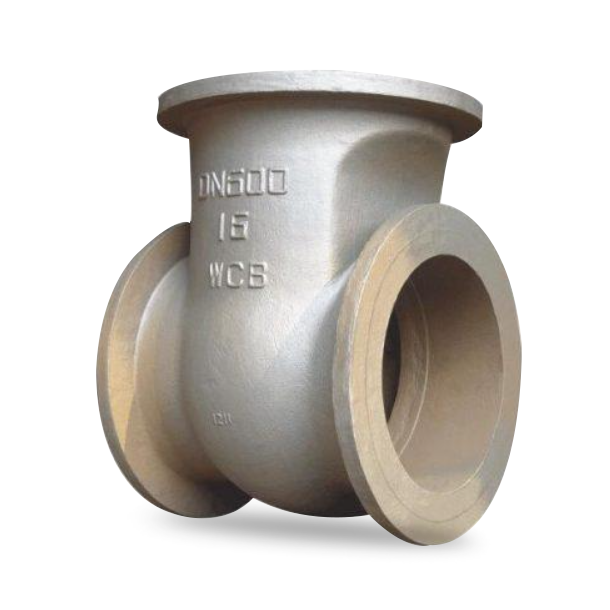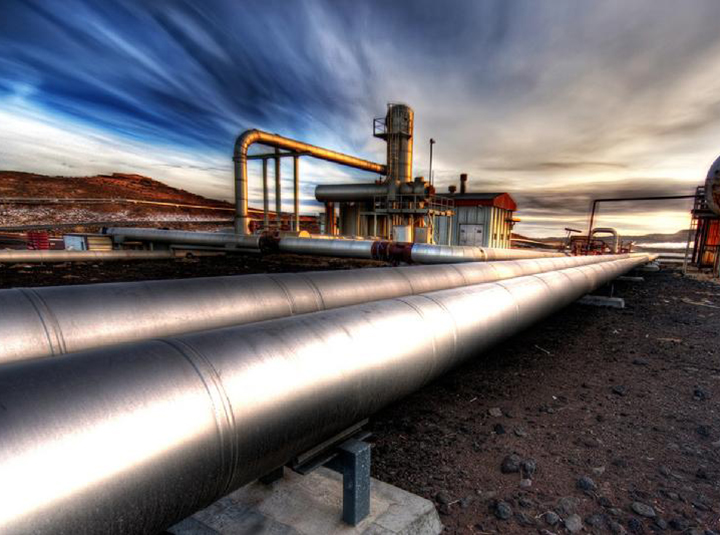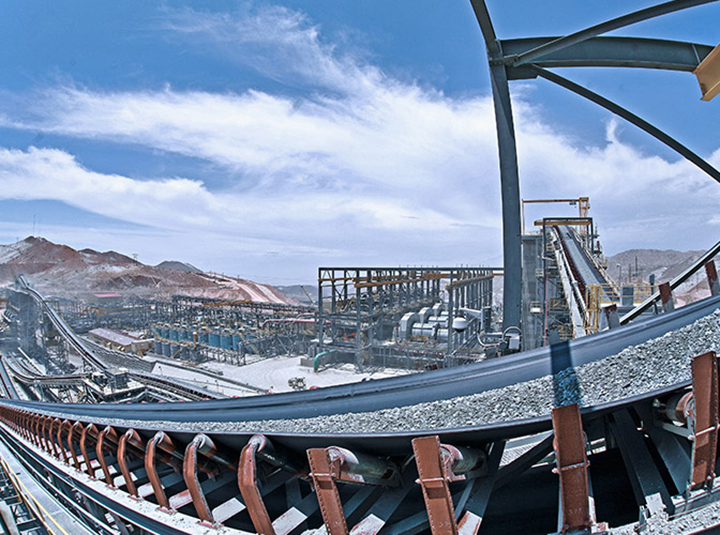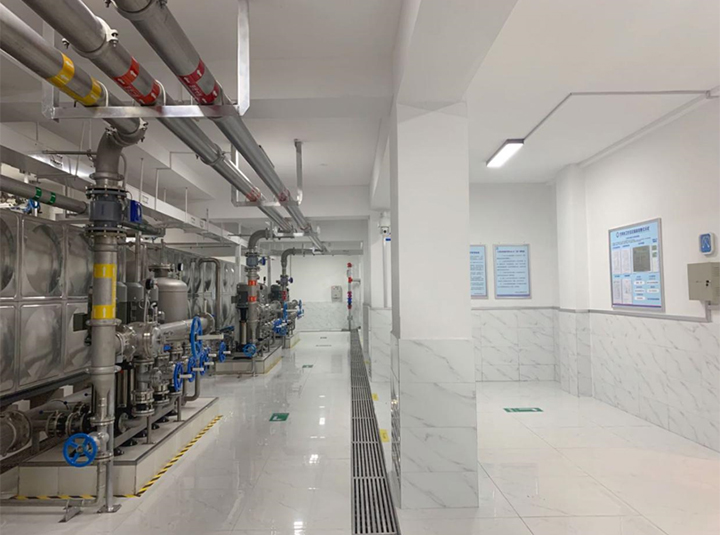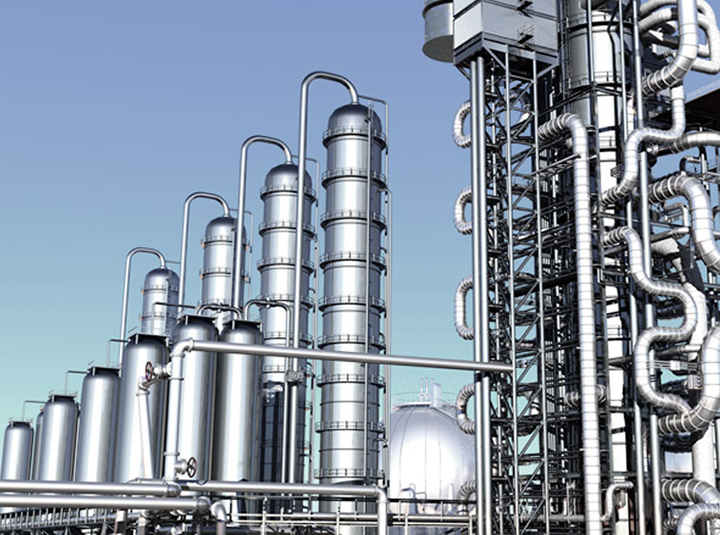In the realm of fluid handling systems, choosing the right check valve is crucial to ensuring optimal performance and reliability. Among the various types available, swing check valves and wafer check valves each serve distinct purposes and offer unique advantages. This article explores the differences between these two types of check valves, shedding light on their respective designs, functionalities, applications, and considerations for selection.
Swing Check Valves: Overview and Functionality
Swing check valves are mechanical devices designed to allow fluid to flow in one direction only. They operate using a swinging disc mechanism that opens with forward flow and closes to prevent reverse flow. This disc, typically hinged on a shaft or pin, swings away from the seat when the fluid flows in the desired direction. The closure mechanism is aided by gravity or back pressure, ensuring effective sealing to prevent backflow and potential damage to pumps and other system components.
Key Features of Swing Check Valves:
Robust Construction: Made from materials like stainless steel, cast iron, and PVC, swing check valves are durable and suitable for various environments.
Reliable Backflow Prevention: Ideal for applications where preventing backflow is critical, such as in water supply systems, wastewater treatment plants, and industrial processes.
Low Pressure Drop: Minimal resistance to flow when fully open, optimizing system efficiency and reducing energy consumption.
Versatility: Available in a range of sizes and configurations to suit different pipe systems and fluid handling requirements.
Applications of Swing Check Valves:
Swing check valves find widespread use across industries such as water management, oil and gas, chemical processing, and HVAC systems. They are indispensable in scenarios requiring reliable flow direction control and prevention of backflow.
Wafer Check Valves: Overview and Functionality
Wafer check valves, on the other hand, are designed for applications where space and weight are critical considerations. Unlike swing check valves, wafer check valves are not equipped with external hinge pins or shafts. Instead, they fit between standard flanges, using the pressure of the flow to open and close the valve. This design eliminates the need for additional support mechanisms, making wafer check valves compact and lightweight.
Key Features of Wafer Check Valves:
Compact Design: Thin profile allows for installation in tight spaces between flanges, reducing overall system footprint.
Lightweight: Suitable for applications where minimizing weight is important, such as in marine and aerospace industries.
Efficient Operation: Opens and closes swiftly in response to flow conditions, ensuring minimal interruption to fluid flow.
Applications of Wafer Check Valves:
Wafer check valves are commonly used in HVAC systems, irrigation systems, and industries where space-saving solutions are required. They provide effective backflow prevention and contribute to the overall efficiency of fluid handling systems.
Choosing Between Swing Check Valves and Wafer Check Valves
When selecting between swing check valves and wafer check valves, several factors must be considered:
Space Constraints: Wafer check valves are preferred where space is limited due to their compact design.
Flow Characteristics: The type of fluid and flow rates influence the choice between swing and wafer check valves.
Installation Requirements: Considerations such as flange compatibility and piping configurations impact valve selection.
Conclusion
In conclusion, while both swing check valves and wafer check valves serve the critical function of preventing backflow in fluid handling systems, their designs and applications differ significantly. Understanding these differences is essential for selecting the right valve to ensure efficient operation, reliability, and longevity of the overall system. Whether safeguarding water quality in municipal systems, optimizing flow in industrial processes, or maximizing efficiency in HVAC installations, choosing the appropriate check valve type is pivotal to achieving desired performance outcomes.
By evaluating the specific requirements of each application and considering factors such as space availability, flow characteristics, and installation needs, engineers and system designers can make informed decisions that enhance the functionality and effectiveness of fluid handling systems across various industries.



